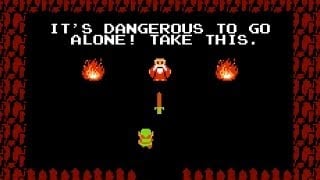One of the defining features of The Legend of Zelda is its relative accessibility and low skill floor, inviting players from all levels to enjoy the series’ charming and signature take on adventure. That said, there are plenty of moments in each of the mainline Zelda games where players will find themselves bumping up against skill checks of one variety or another. While these barriers to progression most often appear in the form of challenging boss fights, sometimes simply traversing the world of Hyrule or exploring a dungeon can all too easily lead to a Game Over screen. Making a list of the Zelda games ranked by difficulty mostly illustrates how wildly the difficulty curve can vary from entry to entry.
However, as any longtime Zelda fan can attest, the penalty for death in Zelda games is practically nonexistent. So even though a certain dungeon or boss encounter might be challenging, the series does a great job of encouraging players to try again and learn from their mistakes. Long before the era of punishing action RPGs like Dark Souls, The Legend of Zelda would reward observant players who adapt to their surroundings and methodically approach encounters. And while no game in the Zelda series even comes close to the challenge of a Soulslike, some games in the franchise truly push players’ skills to their limit.
17. The Legend of Zelda: The Minish Cap
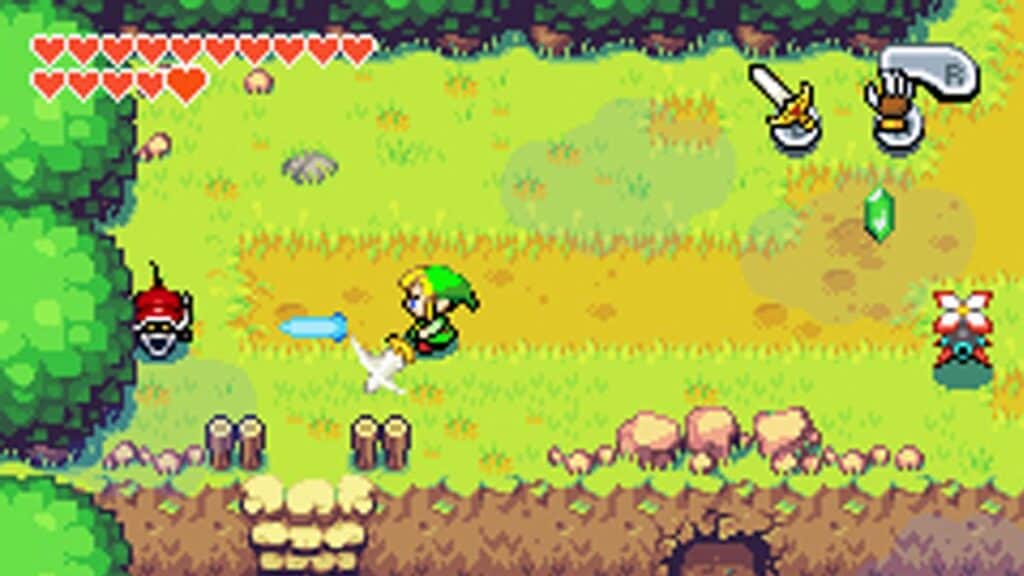
Despite Capcom and Nintendo’s collaboration on some much harder games in the series in the duo of Oracle titles on Game Boy Color, the third Zelda project from the team is a far more forgiving experience. The Minish Cap is big on charm and bursting with satisfying combat and excellent dungeon design, but it’s not a very challenging game. It’s clear that the title is meant to strike a balance between enticing new Zelda fans and appealing to older players with experience playing the 2D classics in the series. As a result, The Minish Cap places fun and accessibility as paramount over challenging combat encounters and stressful boss fights. But don’t let that dissuade you from playing it, as The Minish Cap is one of the better 2D Zelda games and a somewhat hidden gem in the franchise’s long history.
16. The Legend of Zelda: A Link Between Worlds
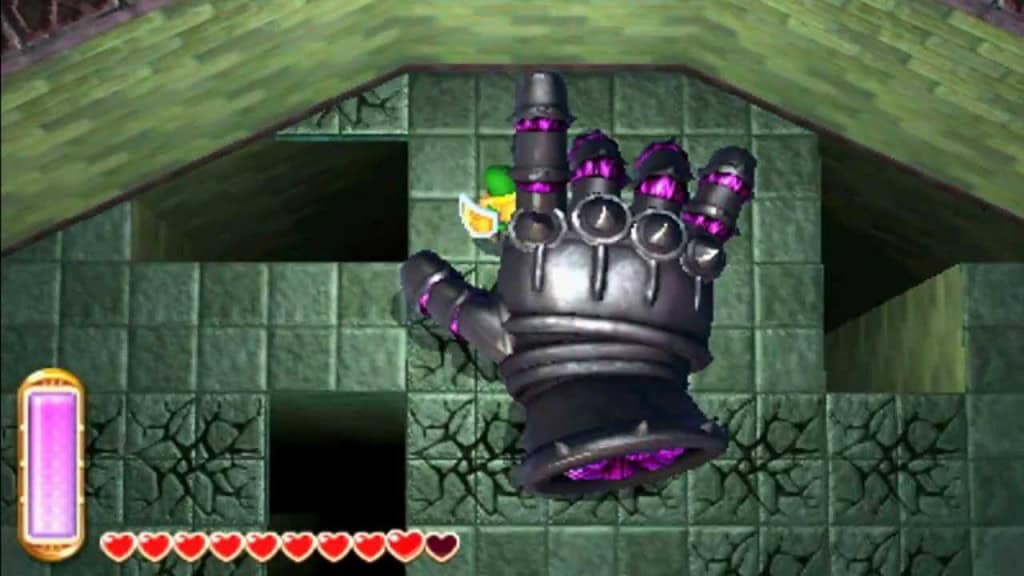
©The Legend of Zelda: A Link Between Worlds gameplay screenshot
Similar to The Minish Cap, A Link Between Worlds dials its challenge down significantly from its predecessor. The sequel to the tough-but-fair A Link to the Past, A Link Between Worlds can either present a middling challenge for new players or a complete walk in the park for series veterans. Considering that its world map, enemy types, dungeon layouts, and even some boss encounters are pulled directly from the SNES classic it’s a follow-up to, A Link Between Worlds is more of a comfortable stroll down memory lane than a grueling gauntlet of past challenges. Still, the title’s more friendly difficulty does nothing to diminish how great the game actually is, and the final fight against Ganon using the wall-merge ability is ingenious.
15. The Legend of Zelda: Wind Waker
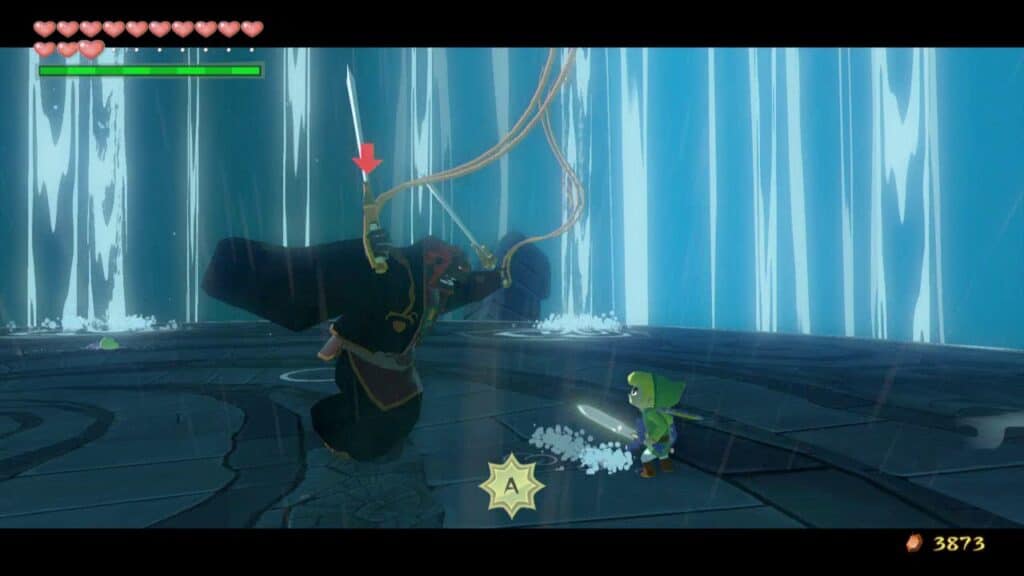
The main reason that The Wind Waker finds itself further down the list from other 3D Zelda titles is thanks to the large suite of combat abilities Link has in the game. In comparison to the other 3D games in the series before it, Link is a much more capable combatant in The Wind Waker, with several new abilities at his disposal that make him more agile and powerful than ever before. The game’s charming art style and bright color palette also aid in visibility and enemy telegraphing, with each foe’s move set fairly obvious after just a few seconds of an encounter. The one significant challenge the game offers is the final fight against Ganondorf, but it’s also one of the best final boss fights in the series for that same reason and an excellent showcase of Link’s abilities.
14. The Legend of Zelda: Phantom Hourglass
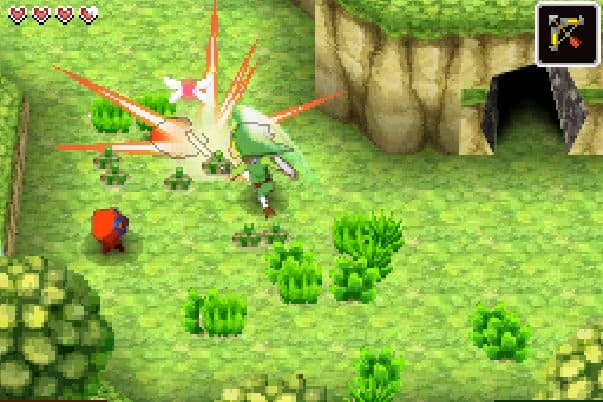
Sometimes, a game’s challenge has absolutely nothing to do with the difficulty of its combat or puzzles. Such is the case with The Legend of Zelda: Phantom Hourglass, which utilizes the Nintendo DS’ touch screen for most of the game’s primary controls. The learning curve for using the touch screen and a stylus to control what is traditionally a controller-based game using button inputs and a D-pad is fairly steep, and the game really forces players to learn its mechanics or die trying…over and over again. However, once players get the hang of Phantom Hourglass‘ unique control scheme, the game doesn’t do all that much to differentiate it from the rest of the series in terms of its difficulty.
13. The Legend of Zelda: Spirit Tracks
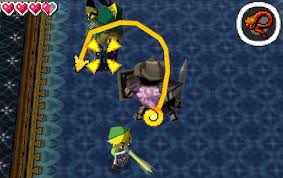
Like Phantom Hourglass, Spirit Tracks‘ difficulty mostly arises as a result of its control scheme, but there are a few notable differences that place it as being slightly more challenging than its predecessor. The game’s main mode of traversal, the Spirit Train, will often encounter enemies on the titular Spirit Tracks that dot the landscape of the new kingdom of Hyrule. If players aren’t able to remove these threats from the tracks (some of which will actively chase Link), the locomotive is derailed and it’s Game Over. To make matters worse, some tricky escort-style quests in the game will fail if players aren’t able to manage protecting their cargo and eliminating threats in their path, resulting in an occasionally deadly balancing act that really tests mastery of Spirit Tracks‘ touch-screen controls.
12. The Legend of Zelda: Breath of the Wild
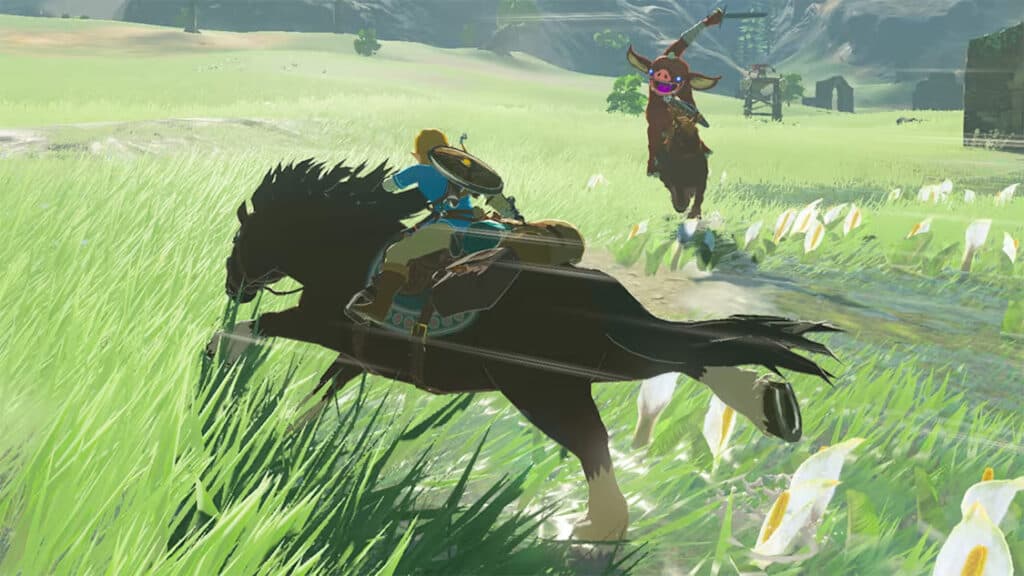
©Screenshot from Breath of the Wild – License
Depending on who you ask, Breath of the Wild can either be one of the easiest or hardest Zelda games. The sheer freedom that the game’s open-world sandbox affords players results in one of two outcomes. Either Link ends up being extremely overpowered early on or completely overwhelmed by tougher enemies thanks to a lack of any limitations in how players explore Hyrule. Players who go about completing as many of the game’s Shrines as possible will easily improve their stamina and health reserves, resulting in being able to brute-force Link’s way through most encounters. On the other hand, Breath of the Wild‘s reliance on breakable weapons and equipment means that players will need to constantly search for newer and better gear, and encounters with challenging enemies like Lynels can turn south quickly if not prepared.
11. The Legend of Zelda: Four Swords Adventures
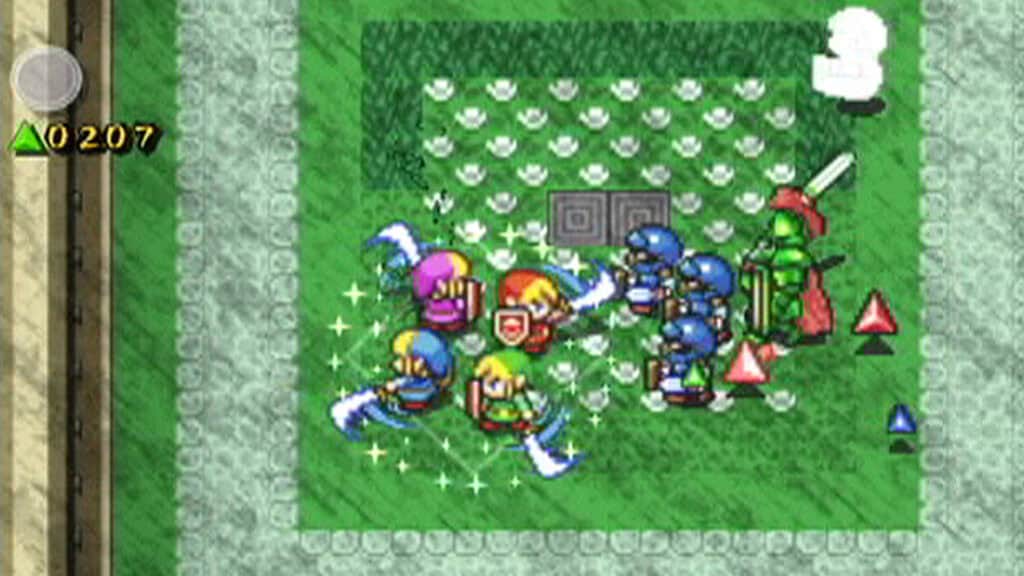
©The Legend of Zelda: Four Swords Adventures gameplay screenshot
As one of the only multiplayer-centric Legend of Zelda games, you’d think that Four Swords Adventures would be easier than most titles. However, Nintendo’s ability to smartly balance encounters with not one but four Links in mind results in waves of enemies that can sometimes be overwhelming. Add to that the luck factor inherent in success where items drop at random, and Four Swords Adventures can oscillate between laughably easy and frustratingly difficult on the fly. Additionally, relying on either the game’s AI Links or up to three friends removes the player having total control over how encounters play out, which adds another wrinkle to the potential for Four Swords Adventures to skew toward being more challenging.
10. The Legend of Zelda: Link’s Awakening
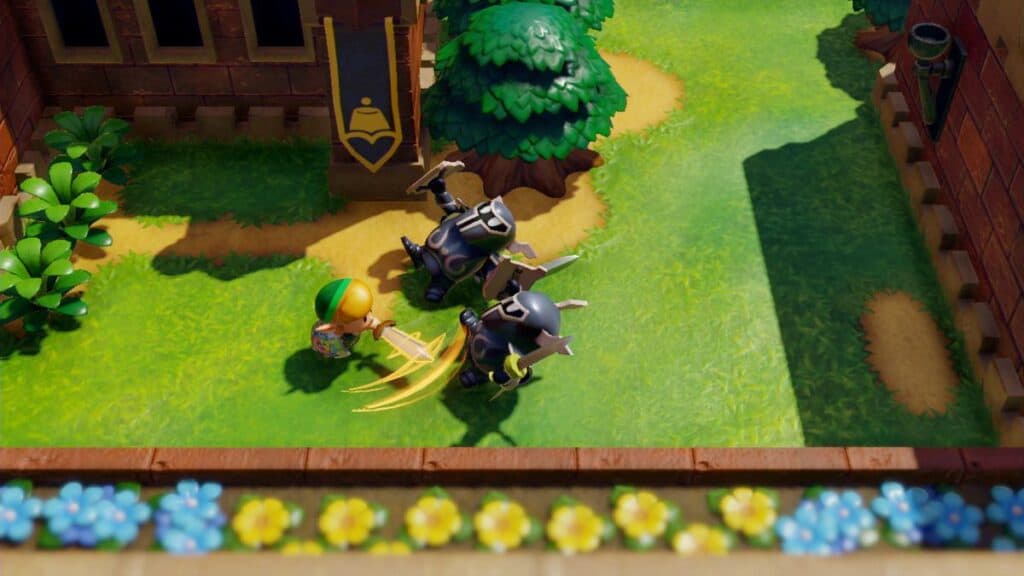
Considering that Link’s Awakening borrows liberally from the foundation laid by A Link to the Past, it makes sense that it ends up being a healthy mix of fun and challenge. The Switch remake of this classic Zelda title is slightly easier than the original thanks to the hardware having twice as many face buttons and additional triggers and bumpers, eliminating the need to pilfer through menus and regularly swap items. That said, both the original Link’s Awakening and its remake have some truly challenging puzzles and dungeon layouts that will test the mettle of even the most skilled Zelda players, and some of the boss fights require very specific mechanics to beat before being otherwise impossible.
9. The Legend of Zelda: Twilight Princess
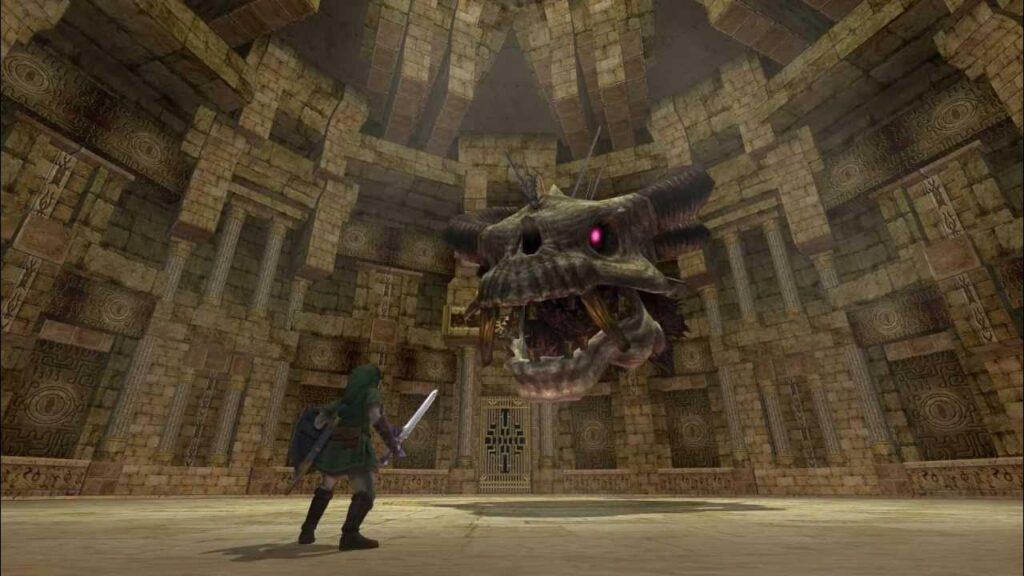
Similar to both Phantom Hourglass and Spirit Tracks, one of the primary challenges of Twilight Princess is its new control scheme. Motion controls would only show up in two mainline Zelda games, but they do add a significant learning curve for those players who are used to controlling Link using more traditional controller layouts. Even beyond Twilight Princess‘ use of motion controls, though, the game has some of the more challenging boss fights in the series as well as plenty of regular encounters for the player to contend with. Add to that the few sections of the game where Link has to remain in wolf form and is at a significant disadvantage facing the creatures in the Twilight Realm, you have a Zelda title that’s not afraid to put players through their paces.
8. The Legend of Zelda: Tears of the Kingdom
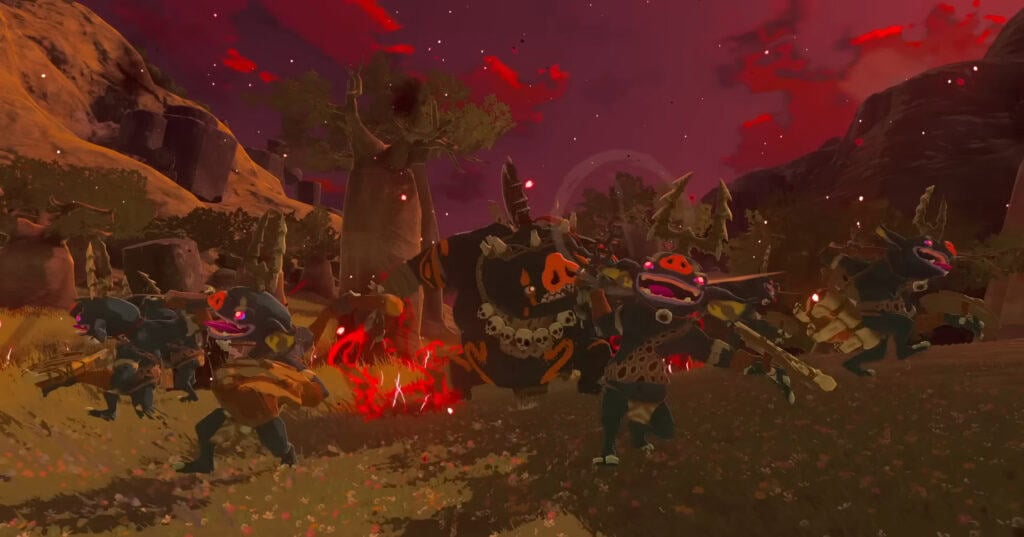
©The Legend of Zelda: Tears of the Kingdom gameplay screenshot
While Tears of the Kingdom gives players a whole slew of new ways to become overpowered and manipulate its impressive open-world sandbox, there’s no denying that the game is significantly more challenging than Breath of the Wild. Especially in the early hours, it’s all too common for players to routinely meet a Game Over screen thanks to the enhancements to enemy behaviors and health. Groups of foes will now coordinate and attack Link from multiple directions, and failing to utilize new mechanics like Fuse can render some weapons completely useless against more challenging foes. Like all the greatest games do, Tears of the Kingdom encourages the player to master its mechanics. Until that mastery occurs, though, the going is tough.
7. The Legend of Zelda: Ocarina of Time
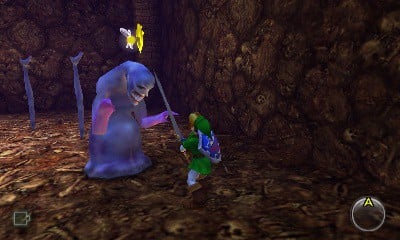
It’s safe to say that Ocarina of Time is one of the few examples players have of an almost “perfect” game, and one of the pieces contributing to its perfection is its balance. Combat encounters in the first 3D Zelda are similar to what players experience in the older 2D games in the series that predate Ocarina of Time, but the addition of Z-Targeting and strafing around enemies in three dimensions creates an entirely new layer of strategy to every battle. While it might seem somewhat easy now given that most 3D action-adventure games have taken something from Ocarina of Time‘s design, the game’s combat was a brand new and challenging exercise in rewiring players’ brains at the time of release. It’s not a “hard” game, per se, but it is one that feels tough but fair in its few difficulty spikes.
6. The Legend of Zelda: A Link to the Past
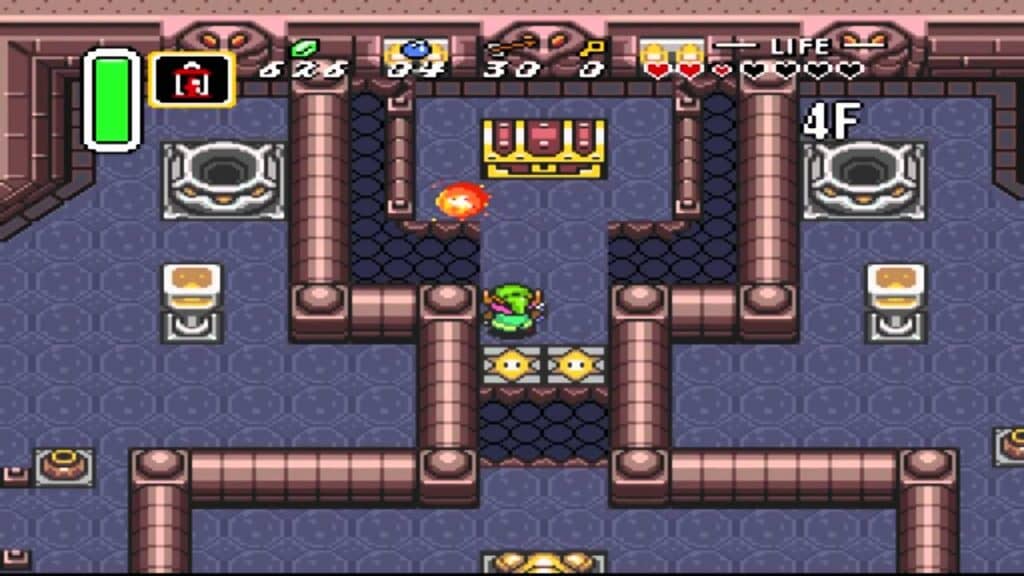
A Link to the Past is arguably the best 2D Zelda game, even if it falls slightly short of being the most challenging. Like the original Legend of Zelda, the overhead perspective of A Link to the Past creates plenty of opportunities for players to use positioning to their advantage, observing enemy behaviors and then striking back using any number of available tools in Link’s arsenal. Where A Link to the Past‘s difficulty really comes through is in its boss battles, which can see Link’s health easily depleted and result in a Game Over screen if not carrying a helpful potion or faerie. The game counts how many times the player dies during the main story and relays that information during the credits, and obtaining a “zero death” run in A Link to the Past is an excellent test of player skill.
5. The Legend of Zelda: Skyward Sword
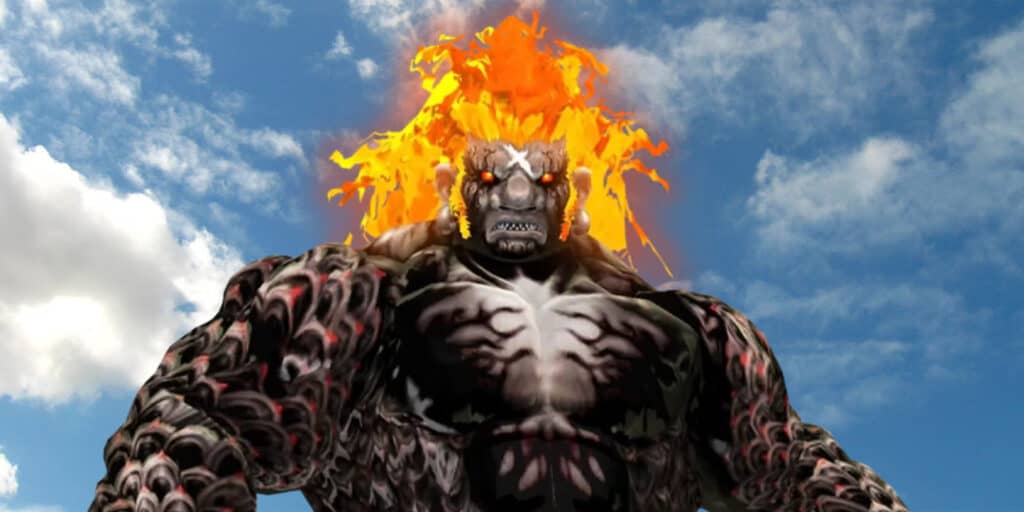
Sword combat in Twilight Princess may amount to little more than flailing the WiiMote around wildly, but Skyward Sword demands precision from players and punishes them for not adapting to its new motion controls. Skyward Sword‘s fairly innocuous beginning gives way to an excellent first dungeon with a massive skill check of a boss in the first Girahim encounter, and the difficulty only ratchets upward from there. The true standout of Skyward Sword is its bosses, which are about as close to the multi-phase challenging encounters of the Dark Souls series as The Legend of Zelda would ever get. The Switch version of Skyward Sword features a much more intuitive control scheme using the right analog stick to control Link’s sword, but its bosses and dungeons are still as challenging as ever.
4. The Legend of Zelda: Oracle of Ages/Oracle of Seasons
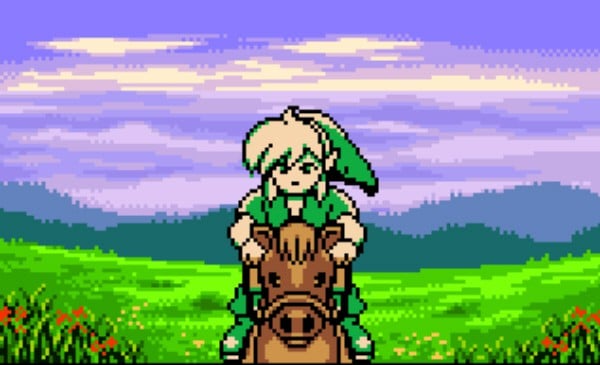
Even with both of the Oracle games splitting their focus between puzzles (Ages) and combat (Seasons), they each end up being two of the toughest games in the series and a significant leg up from Link’s Awakening in terms of challenge. Both the regular enemies and bosses can pose a serious threat to Link throughout each adventure, and there’s never a point in either game where the player truly feels like they can rest on their laurels and breeze through a dungeon. With new items and mechanics at play as well, Oracle of Seasons and Oracle of Ages both task the player with incorporating new tools into Link’s toolkit, which requires an understanding of situational awareness and using the right tool for the right job.
3. The Legend of Zelda
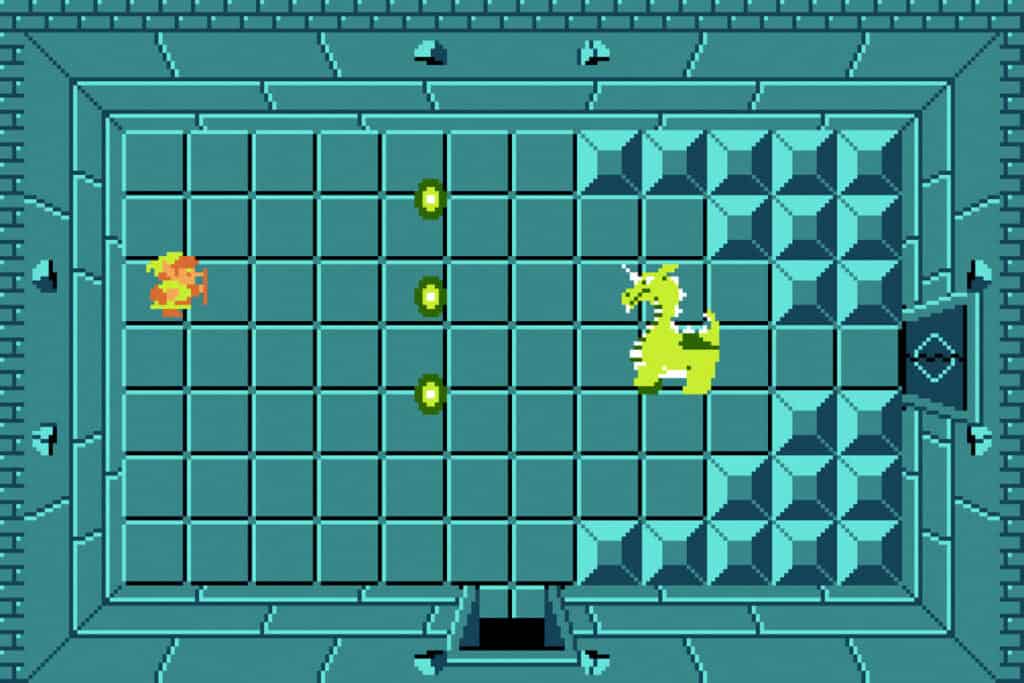
The original Legend of Zelda has more than a few things contributing to it being one of the most difficult games in the series. First, the dungeons themselves are absolutely lousy with foes, and later dungeons regularly attempt to overwhelm Link room-by-room. Death Mountain, in particular, is one of the most challenging gauntlets in the series and requires both expert navigation and mastery of the game’s combat. Outside the adequate challenge, the final dungeon provides, though, The Legend of Zelda is similar to the newest open-world games in the series in that practically nowhere in Hyrule is off limits to Link from the game’s outset. While it’s possible to become overpowered early on and gain a more powerful sword and plenty of health upgrades before the first dungeon, it’s just as easy to face a constant uphill battle against the game’s enemies and bosses.
2. The Legend of Zelda: Majora’s Mask
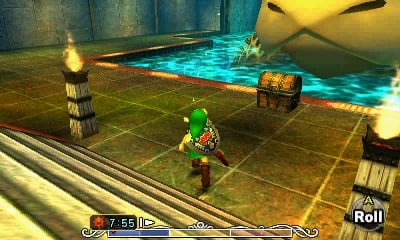
Everyone familiar with Majora’s Mask knows it stands as one of the most challenging games in the Zelda series for one reason in particular — its time loop mechanic. Without an understanding of how the game handles its apocalypse countdown timer, it’s all too easy to end up burning through the three-day limit and usher in the end of the world before even scratching the surface of what Majora’s Mask has to offer. Outside the game’s unique implementation of time and the need to accomplish certain tasks on certain days (and at certain times of day), the game’s combat and puzzle-solving are about neck-and-neck with Ocarina of Time. That said, the learning curve for Majora’s Mask‘s primary mechanic is about as unforgiving as they come.
1. Zelda II: The Adventure of Link
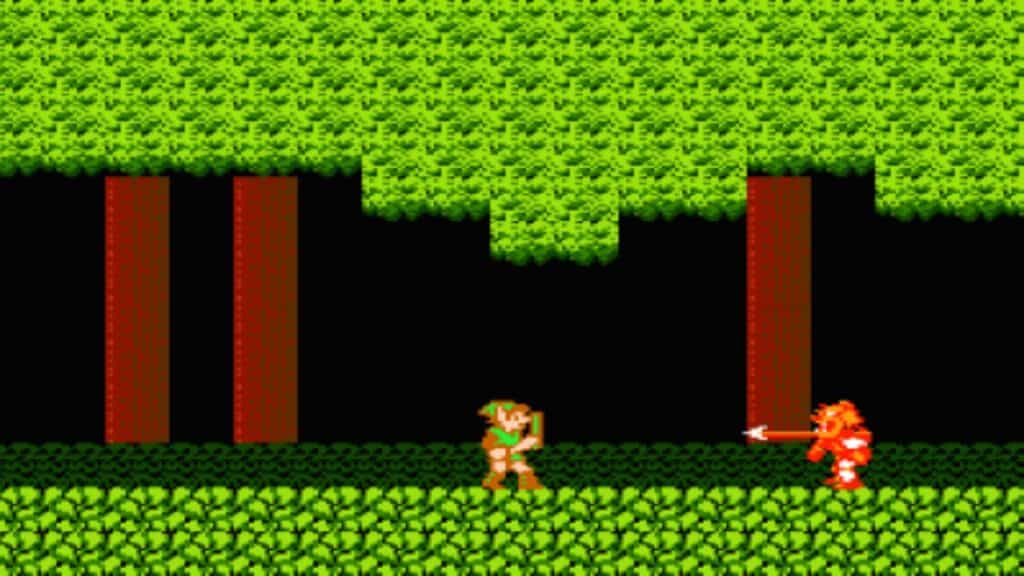
The hardest game in the Zelda series is, unsurprisingly, the black sheep of the entire franchise. Though it’s not a bad game by any stretch, Zelda II is a complete departure from what fans loved about the original Legend of Zelda and a genuinely tough game to boot. Even if you know how the game’s RPG-style progression and mechanics work, enemies are tough and come with plenty of health to withstand Link’s attacks. Before leveling up and gaining a slight advantage, death will be a constant companion in Zelda II. And that’s without even mentioning the bosses, which rank as some of the toughest encounters not just in the Zelda series but among any NES action-adventure title.
The image featured at the top of this post is ©Gameplay screenshot.
